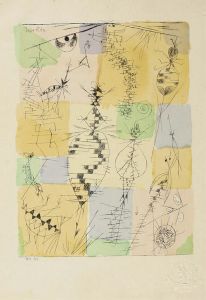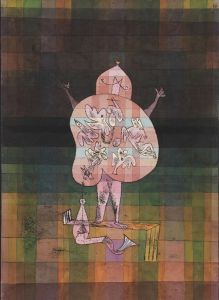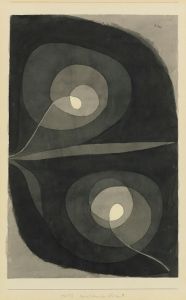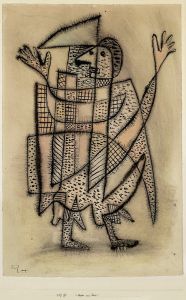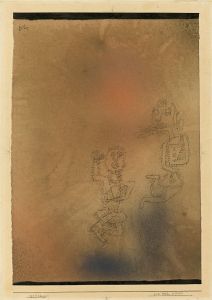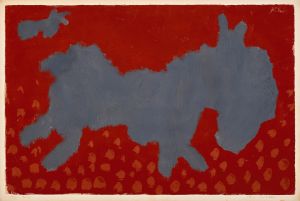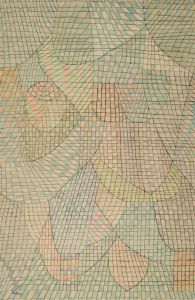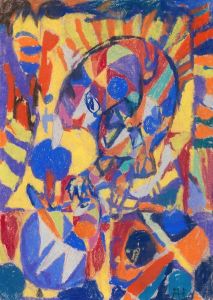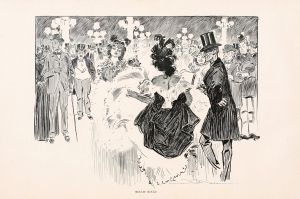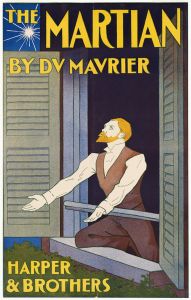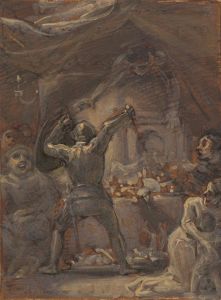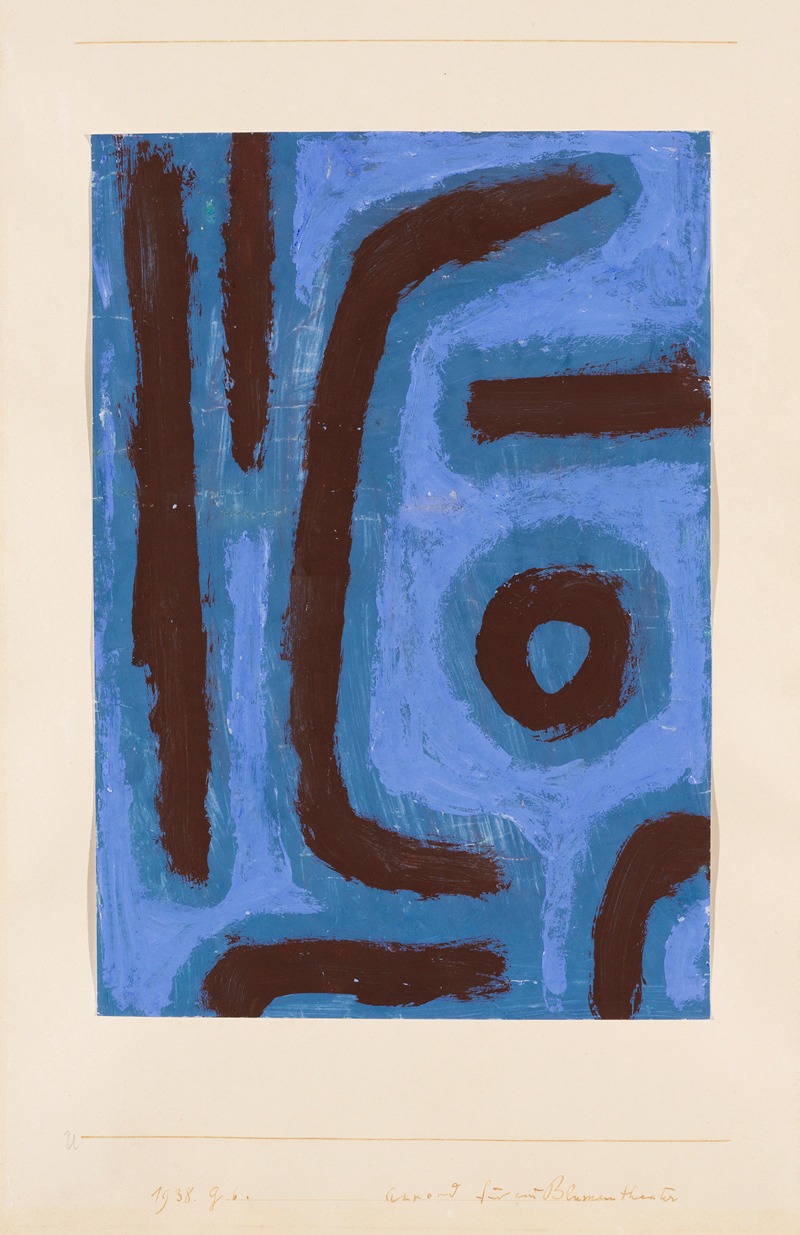
Akkord für ein Blumentheater
A hand-painted replica of Paul Klee’s masterpiece Akkord für ein Blumentheater, meticulously crafted by professional artists to capture the true essence of the original. Each piece is created with museum-quality canvas and rare mineral pigments, carefully painted by experienced artists with delicate brushstrokes and rich, layered colors to perfectly recreate the texture of the original artwork. Unlike machine-printed reproductions, this hand-painted version brings the painting to life, infused with the artist’s emotions and skill in every stroke. Whether for personal collection or home decoration, it instantly elevates the artistic atmosphere of any space.
"Akkord für ein Blumentheater" (translated as "Harmony for a Flower Theatre") is a painting by the Swiss-German artist Paul Klee, created in 1927. Klee was a prominent figure in the early 20th-century European avant-garde movement, known for his highly individual style that combined elements of expressionism, cubism, and surrealism. His works often feature a unique blend of abstraction and figuration, characterized by a playful use of color and form.
Paul Klee was born on December 18, 1879, in Münchenbuchsee, near Bern, Switzerland. He was a versatile artist, skilled in both painting and drawing, and his work was influenced by various artistic movements and his own personal experiences. Klee's career included a significant period teaching at the Bauhaus school of art, design, and architecture in Germany, where he worked alongside other notable artists such as Wassily Kandinsky and László Moholy-Nagy.
"Akkord für ein Blumentheater" is a prime example of Klee's mature style, which often incorporated musical and theatrical themes. The title itself suggests a connection to music and performance, with "Akkord" referring to a chord in music and "Blumentheater" translating to "flower theatre." This interplay between visual art and other forms of artistic expression is a hallmark of Klee's work.
The painting features a vibrant and harmonious composition, with abstract shapes and forms that evoke the idea of a theatrical stage adorned with flowers. Klee's use of color is particularly notable in this piece, with a palette that includes rich reds, blues, and greens, creating a sense of depth and movement. The forms in the painting are arranged in a way that suggests a dynamic interplay, much like a musical composition or a theatrical performance.
Klee's work often explored the relationship between visual art and other sensory experiences, and "Akkord für ein Blumentheater" is no exception. The painting invites viewers to consider the connections between sight, sound, and emotion, encouraging a multisensory appreciation of the artwork. This approach reflects Klee's belief in the interconnectedness of different art forms and his desire to transcend traditional boundaries in his creative practice.
Throughout his career, Klee produced a vast body of work that continues to be celebrated for its innovation and influence. His paintings are held in major collections around the world, including the Zentrum Paul Klee in Bern, Switzerland, which is dedicated to his life and work. "Akkord für ein Blumentheater" remains a significant example of Klee's artistic vision and his ability to create works that resonate with viewers on multiple levels.
Paul Klee passed away on June 29, 1940, in Muralto, Switzerland, but his legacy endures through his contributions to modern art. His unique approach to color, form, and composition continues to inspire artists and art enthusiasts alike, making him one of the most important figures in the history of 20th-century art.





